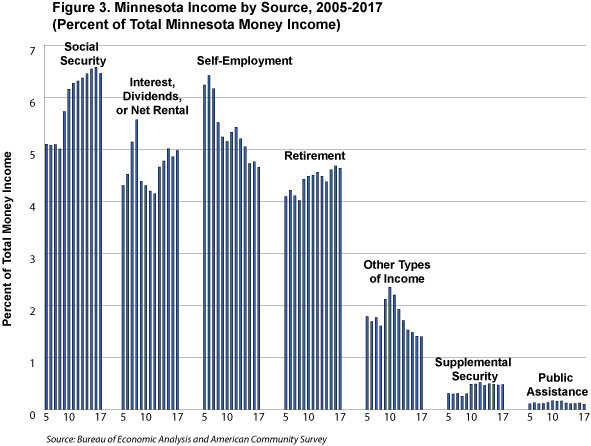This study note looks at the difference between income and wealth
- Distinguish Between Money Income And Real Income Include
- Distinguish Between Money Income And Real Income Calculator
- Differentiate Between Money Income And Real Income
- Distinguish Between Money Income And Real Income Definition
Income is not the same as wealth
Hard money loans are asset based and will be a short term loan of 6-12 months, 12%-18% interest rate, and 2-3 points in fees. The Soft money loans are borrower based and will be long term loans of 20-30 months, 3%-5% interest rates, with 0-1 points in fees. Just like how it isn’t easy to find the best real estate deal, finding the best loan. Sep 12, 2011 Now days several people want to become real estate agents because of the independence and expected income they can make. Real estate agents can make a lot of money, but the average income for a. Types of Income: Income refers to money typically received on a regular basis, from work or investments. There are several different types of income, such as real income and money income.
Income is a flow of money going to factors of production:
- 1.Wages and salaries paid to people from their jobs
- 2.Money paid to people receiving welfare benefits such as the state pension and tax credits
- 3.Profits flowing to businesses and dividends distributed to shareholders
- 4.Rental income flowing to people who own and lease out property
- 5.Interest paid to those who hold money in deposit accounts or who own bonds etc.
Distinguish Between Money Income And Real Income Include
Wealth is a stock concept – it is a large amount of money or valuable possessions and can be held in different ways:
- 1.Savings held in bank deposit accounts
- 2.Ownership of shares issued by listed companies and equity stakes in private businesses
- 3.The ownership of property
- 4.Wealth held in bonds
- 5.Wealth held in occupational pension schemes and life assurance schemes
Many dimensions of poverty Poverty is hunger. Poverty is lack of shelter. Poverty is being sick and not being able to see a doctor. Poverty is not having access to school and not knowing how to read. Poverty is not having a job, is fear for the future, living one day at a time. Poverty is losing a child to illness brought about by unclean water. Poverty is powerlessness, lack of representation and freedom. Source: World Bank Development Report |
Wealth generates income for if you have built up savings balances they ought to pay interest (although interest rates are low at the moment!). Shares lead to a flow of dividend payments. An occupational pension scheme will eventually allow someone to receive an income when they have retired.
Inequality in the distribution of income and wealth
Living standards depend on the level of economic activity and on the redistribution of resources within society as a whole. The level of inequality of income and wealth can be measured by:
- The share of national income going to different groups in society, the poorest 20% of households at the bottom of the income scale through to the richest 20%
- The proportion of all households who must live on an income below an official ‘poverty line’. For the UK and other European Union countries, the current poverty line is an annual income of less than 60% of median income. The median individual is in the middle of the income distribution
- In 2009, 18% of individuals in the UK were in households with an income below the poverty line
- Per person net worth of people in the UK was measured at £119,000 in 2013, up from £115,000 in 2012
- Another key measure of inequality is something known as the Gini Coefficient
Mean and median income in the UK
Distinguish Between Money Income And Real Income Calculator


For 2009 the figures (in £s per week) were as follows:
Differentiate Between Money Income And Real Income
- Median income = £407 per week
- Mean income = £507 per week
- The official poverty line is 60% of the media = £244 per week
Distinguish Between Money Income And Real Income Definition
6 per cent of individuals in Britain live in households with disposable incomes of £1,000 per week or more and this helps to explain why the mean value for household income exceeds the median.